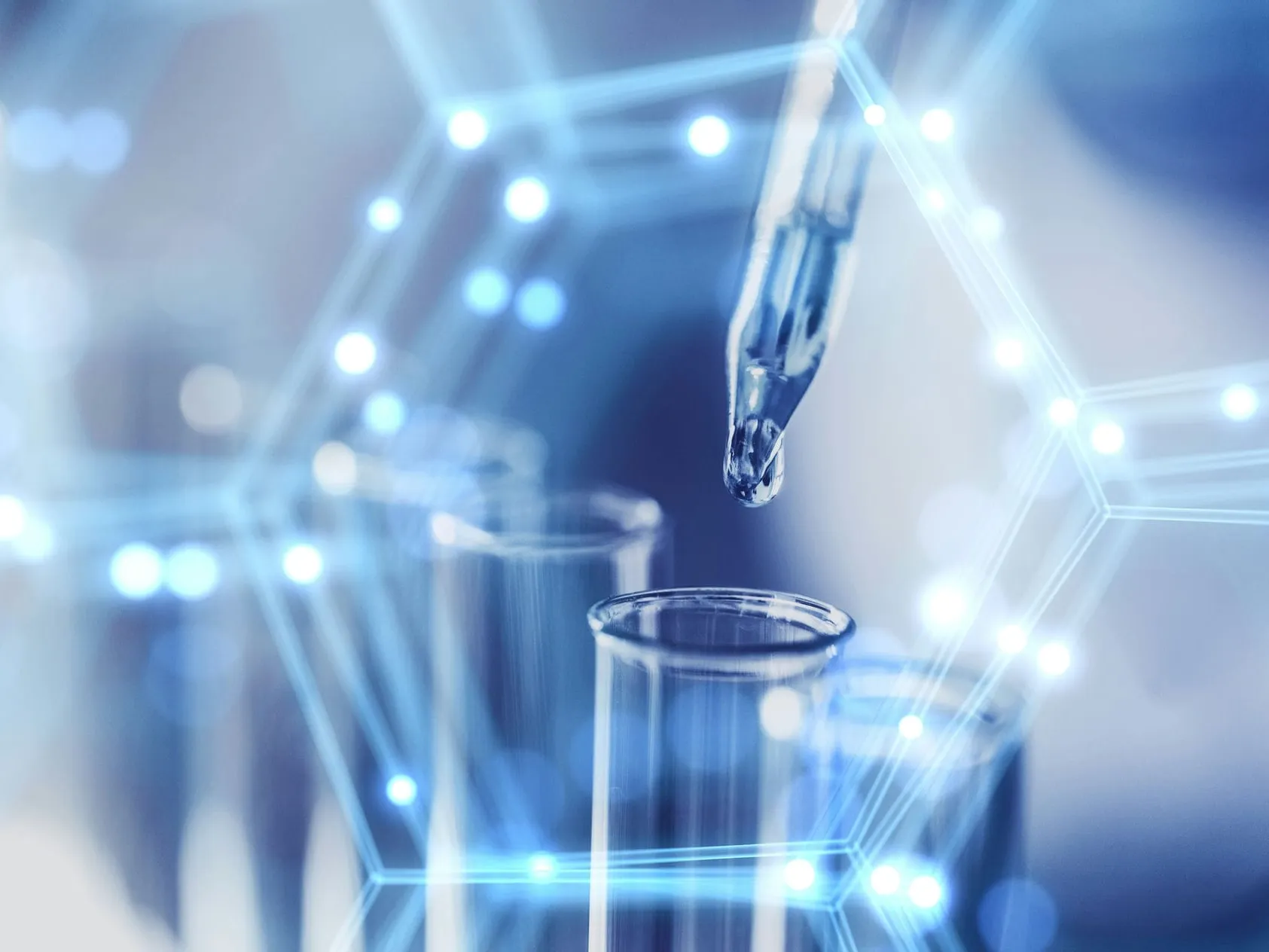
Drug Analysis Methods: Immunoassay vs. Liquid Chromatography Mass Spectrometry
There have been many different news and rumors about barbiturates recently. Whether the barbiturates detected in the test reports are true, false negatives or false positives, and whether barbiturates were actually detected, how can parents who are worried that their children may have barbiturate residues find reliable information? Currently, the most common drug analysis methods are “immunoassay” and “liquid chromatography-mass spectrometry (LC-MS)”. Both methods play an important role in drug and poison detection, but they differ in characteristics and accuracy. The main differences between the two methods are as follows:
Immunoassay
Immunoassay is a commonly used method for drug analysis, which is mainly based on the specific reaction between antigen and antibody.
【advantage】
• Rapid: Immunoassays can provide results in a short period of time, making them ideal for testing needs in emergency situations.
• Lower price: Compared with other complex analytical methods, immunostaining is less expensive and easier to popularize and apply.
• Ease of use: The method does not require special equipment and techniques, making immunoassays accessible to many laboratories and healthcare institutions.
【shortcoming】
• Higher chance of false positives: Immunoassays for certain drugs may produce false positive results, reporting the presence of a drug when it is not actually present. This is due to interference or cross-reaction with other substances.
• Poor adaptability to complex samples: When there are multiple interfering substances or substances with similar structures in the sample, the specificity of the immunoassay may be affected, resulting in reduced accuracy of the test results.

Liquid chromatography mass spectrometry (LC-MS)
Liquid chromatography mass spectrometry is a highly precise and sensitive drug analysis technique. It combines liquid chromatography (LC) and mass spectrometry (MS) to more accurately identify and quantify drugs and metabolites in complex samples.
【advantage】
• Highly accurate: Liquid chromatography-mass spectrometry combines chromatographic separation with mass spectrometry to provide highly accurate quantitative and qualitative analysis results.
• High specificity: Due to the high resolution and selectivity of the mass spectrometer, the liquid chromatography mass spectrometer can distinguish the structures of different compounds and determine their presence or absence, greatly reducing the chance of false positives.
• Wide adaptability: Liquid chromatography mass spectrometer can handle complex samples, including biological fluids, food and environmental samples. It can identify and analyze many different types of drugs and metabolites.
【shortcoming】
• High cost: Liquid chromatography mass spectrometer is an expensive instrument that is relatively expensive to purchase, maintain and operate.
• Professional operation: This technology requires well-trained professionals to operate and interpret the results, so corresponding technical support may be required in some laboratories and medical institutions.

Summarize
Immunoassay is a fast, low-cost, easy-to-use test suitable for large-scale initial screening; however, if a more accurate test is required, it is necessary to rely on liquid chromatography-mass spectrometry, which has high accuracy, strong specificity and wide adaptability, to assist in providing the main basis for the final analysis results.



